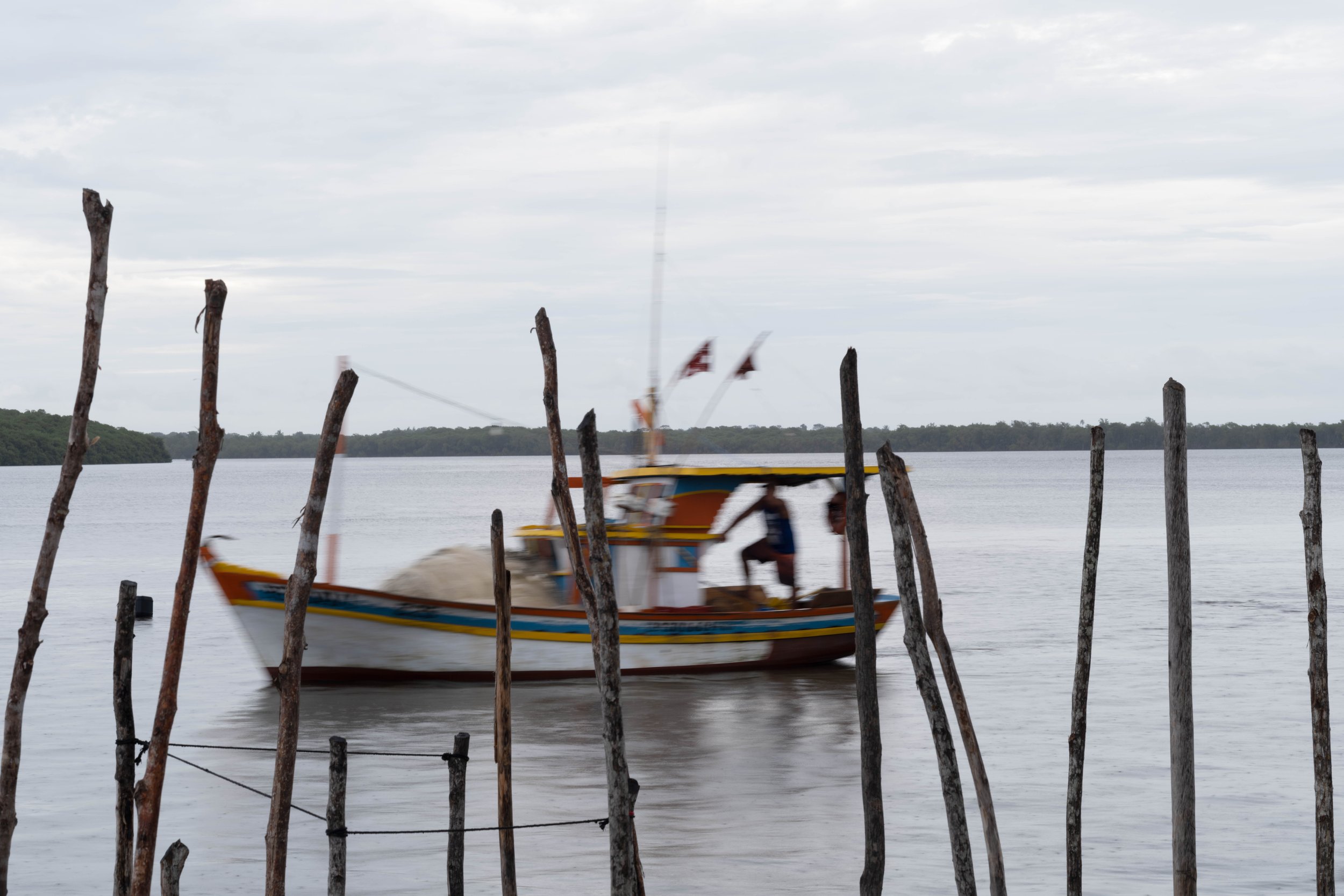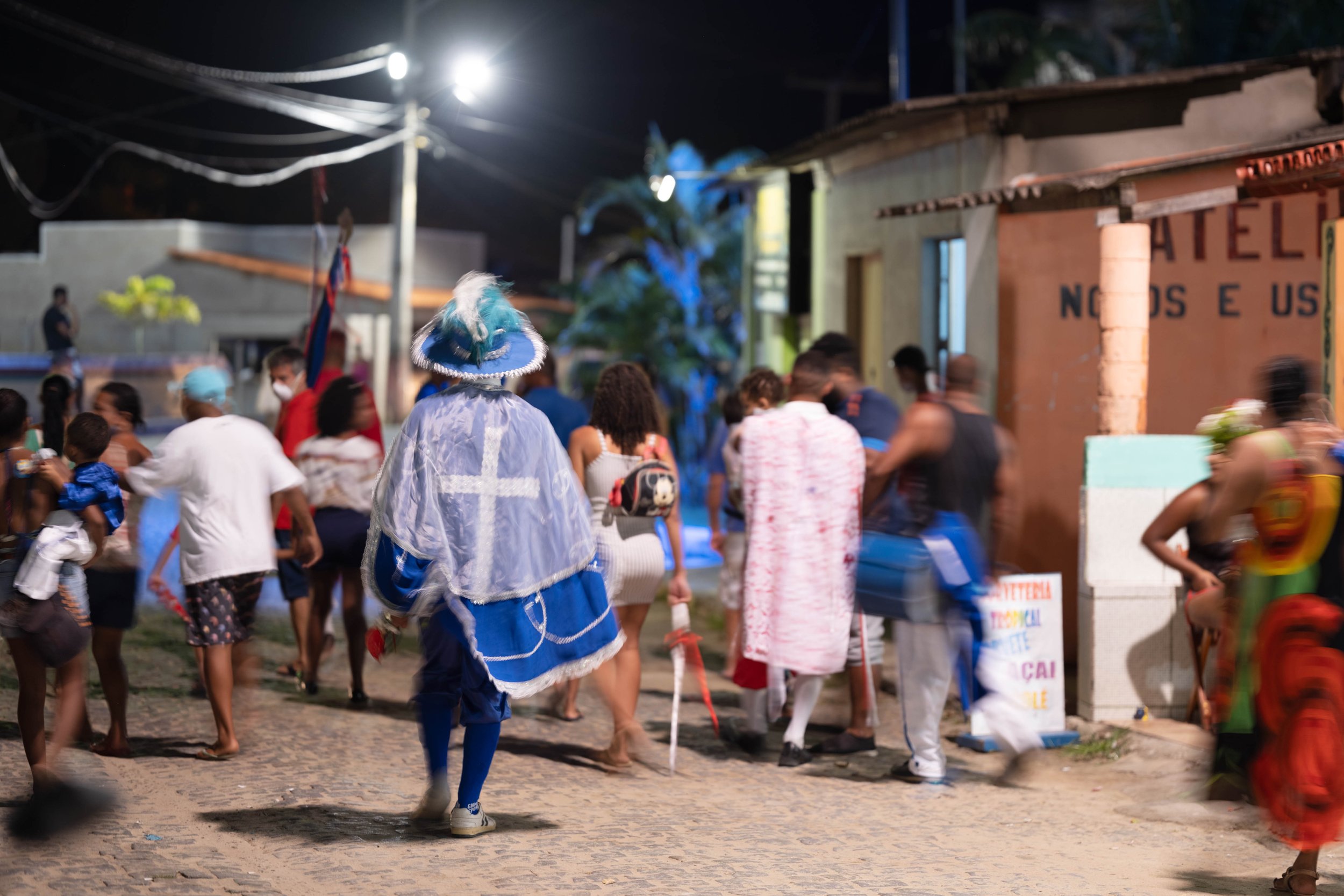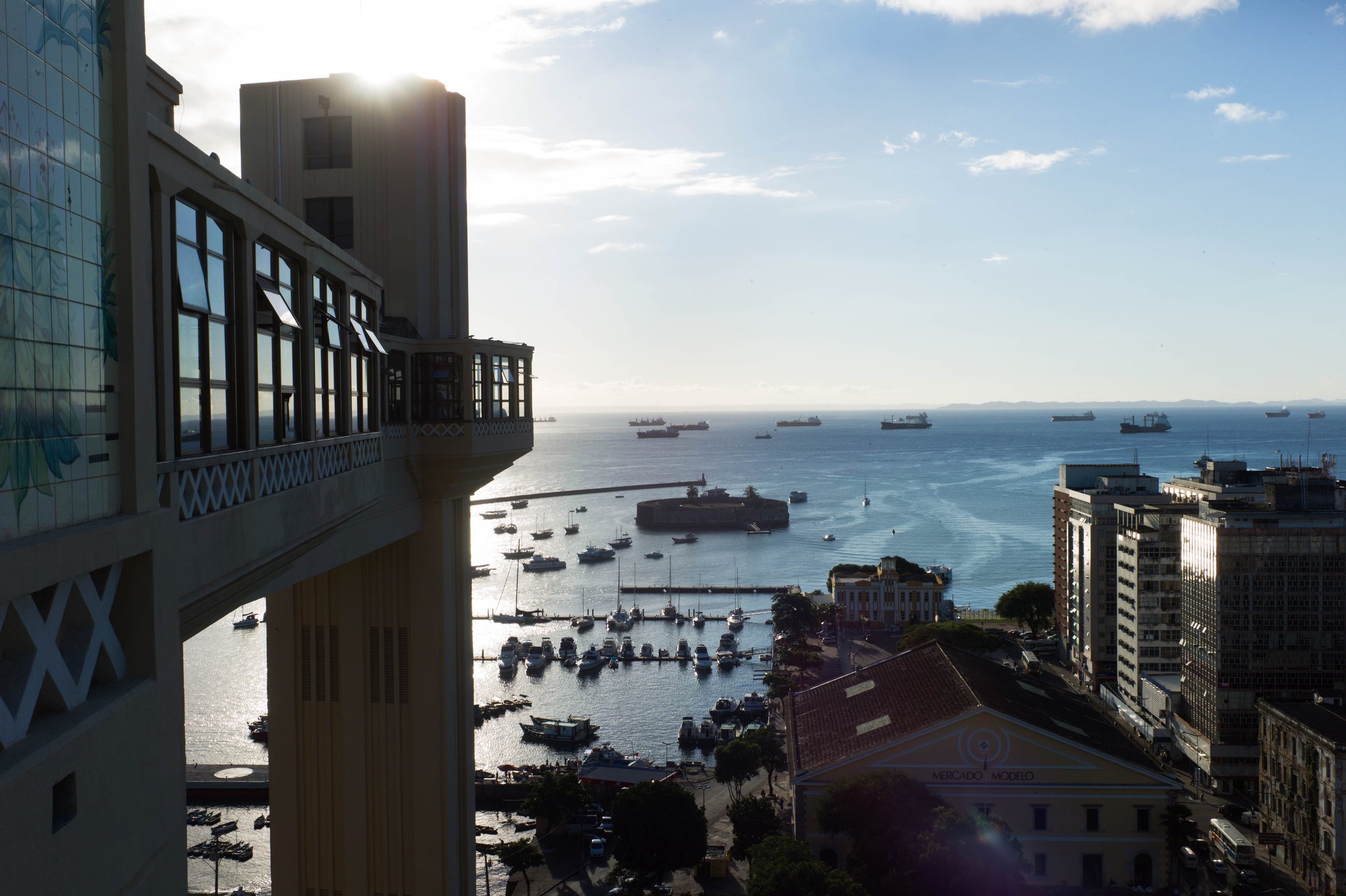
HIDDEN BAHIA in Full Colour
30 IMAGES
SAMPLES HERE: 10
It’s hard to find words to describe the state of Bahia in north-east Brazil; it’s sounds, colours and complex history often leaves observers with an indescribable feeling that goes far beyond any attempt to define it. With its historic connection to the brutal trans-Atlantic slave trade, interwoven with the cultural traditions of Africa, Europe and native indigenous peoples, Bahia is a true Afro-Brazilian melting pot. They say that what has emerged is a Bahia with a new, vibrant soul of its own - a soul that reaches out to all those open to experiencing it. But five centuries on from its birth as a colony and then Brazilian state, where does that soul lie? Who are the inheritors of this colourful past?
This series of images began by accident in 2014, when when a short visit transformed into a 5000 kilometre road trip through Bahia’s interior. The journey had no particular destination or agenda and the photography was spontaneous and in passing. But what emerged was a picture that could not have been more different to the tourist-brochure image of Brazil.
The photographic road trip began in Salvador, the state’s capital then in the throws of the 2014 Fifa World Cup - and followed the coastline south and then deeper into the less-accessible interior. Very soon Atlantic forest gave way first to the forested backlands and eventually the baking hot, desert-like sertao. Often driving for days without passing a single vehicle on the dusty tracks, the theme of this photographic body of work chose itself - a focus on the more hidden, less well-known face of Bahia. The photographer returned in 2022 to complete the series of work, focusing this time on the coastal fishing communities.
The geographical territory covered in the photoshoot exceeds half a million square kilometres, since this single state is almost as large as France. It’s rich and ever-evolving history and culture has been exquisitely recorded and celebrated for centuries by Brazil’s own canon of writers, musicians, artists and photographers. I hope this small body of work adds a meaningful footnote by a passer to this monumental heritage. For me images are a personal homage to the small towns and working people of today’s Bahia.
Matt Currington, 2022




















































































